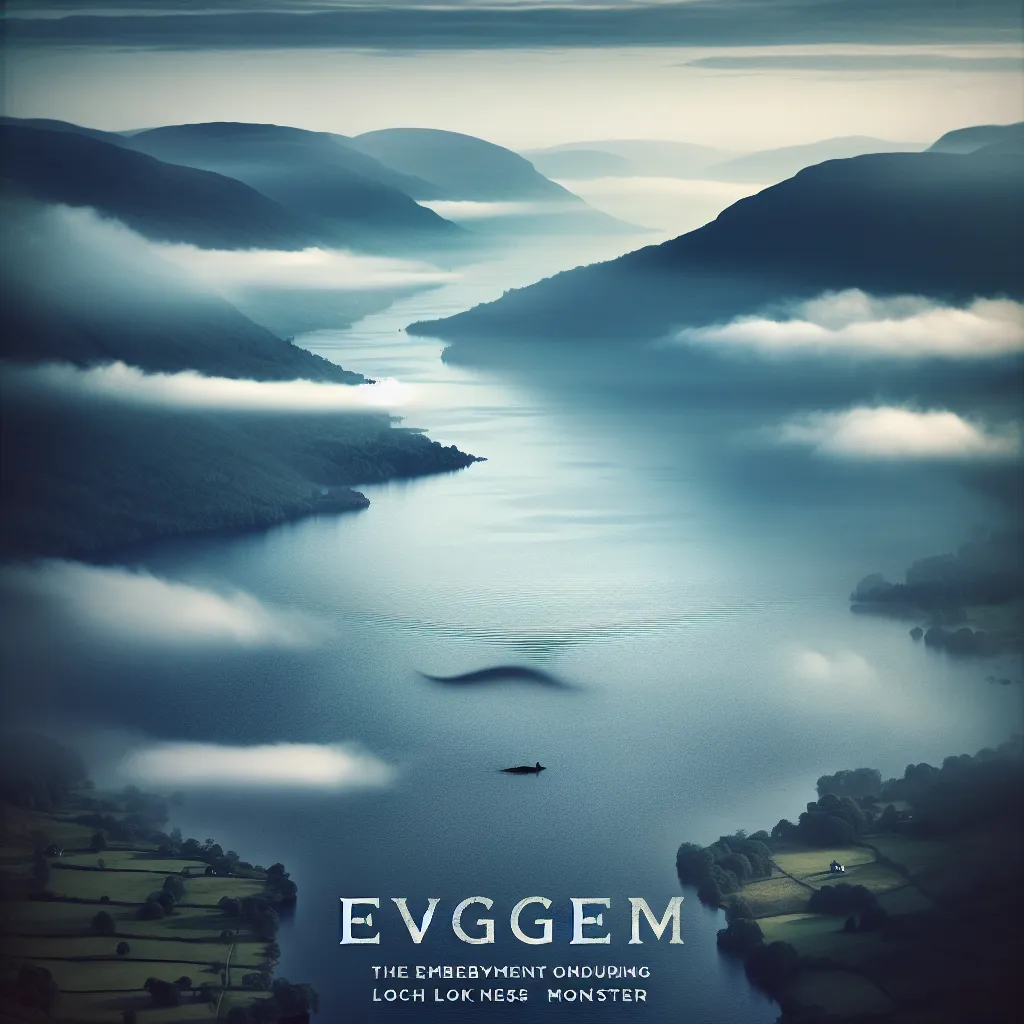Loch Ness in Scotland has always captured imaginations with tales of a mysterious creature lurking in its depths. Spanning 22 miles long, nearly a mile wide, and plunging to an astounding depth of 754 feet, Loch Ness is the largest lake by volume in the British Isles. It’s no wonder the legend of the Loch Ness Monster has persisted for so long.
Eyewitness accounts date back centuries, with one of the earliest reported sightings involving the missionary St. Columba in 565 AD, who supposedly scared away a water beast. The creature, often described as a plesiosaur-like aquatic dinosaur, supposedly survived the mass extinction event 65 million years ago. This theory was bolstered by numerous sightings, photographs, and even some films capturing shadowy shapes and unexplained wakes in the lake.
One of the most notorious moments in the Loch Ness Monster saga came in 1934 with the “surgeon’s photo,” an image that seemed to show the head and neck of a serpent-like creature breaking the water’s surface. Its credibility was boosted by the fact that it was claimed to be taken by a respected London surgeon. This picture launched Nessie into the realm of global legend, sparking interest all over the world.
However, many sightings and evidence have been debunked. For instance, the surgeon’s photo was later revealed to be a hoax involving a toy submarine with a head attached. Another problematic image from 1955 appeared to show humps in the water but was likely just the wake of a boat. The famed Dinsdale film from 1960, long believed to show the monster swimming, turns out to be of a boat after detailed forensic analysis.
Modern scientific methods have delved deeper into these claims. Sonar sweeps, like the massive “Operation Deepscan” in 1987, have combed the entire lake, though nothing definitively large or alive was found. One surprise was the discovery of a spot in the loch that is 812 feet deep, deeper than the previously recorded 754 feet, but it offered no evidence of monstrous creatures.
Some theories suggest misidentified natural phenomena might explain away many sightings. Birds, seals, large fish like the Baltic sturgeon, and even floating logs have been mistaken for the monster. Underwater waves known as seiches, caused by wind and temperature changes, can also make debris appear lifelike.
There have also been extreme ideas, like the possibility of seismic activity causing disturbances that could be misconstrued as a creature. Yet, no seismic events in the area explain the storied sightings.
Despite the constant debunking, the legend of the Loch Ness Monster thrives. People are inherently fascinated by the unknown and the allure of a mystery. And while science has dismissed many claims, the deep, dark waters of Loch Ness still whisper possibilities, ensuring the myth and magic of Nessie endure.






